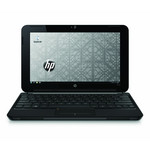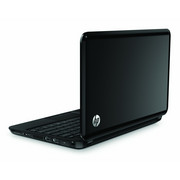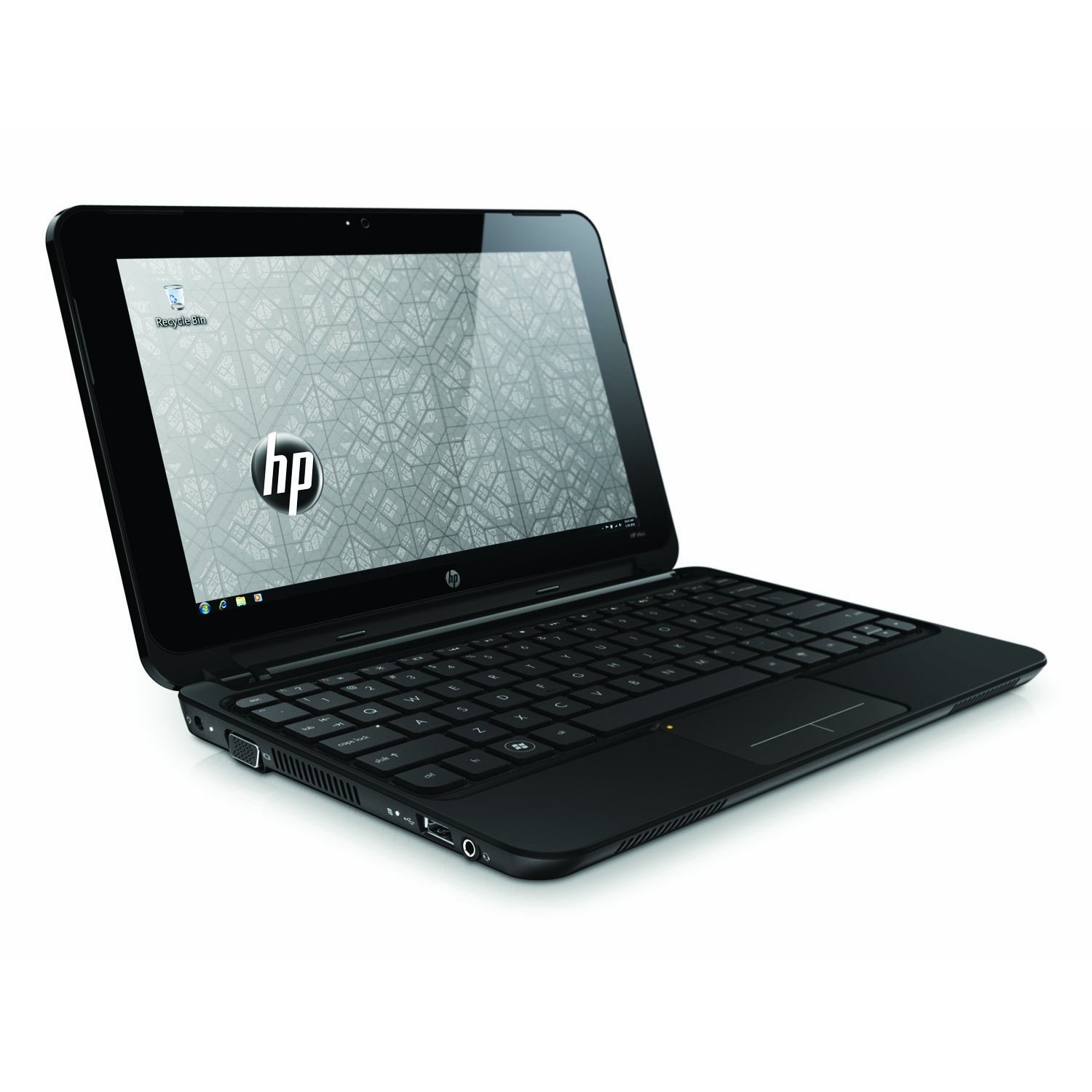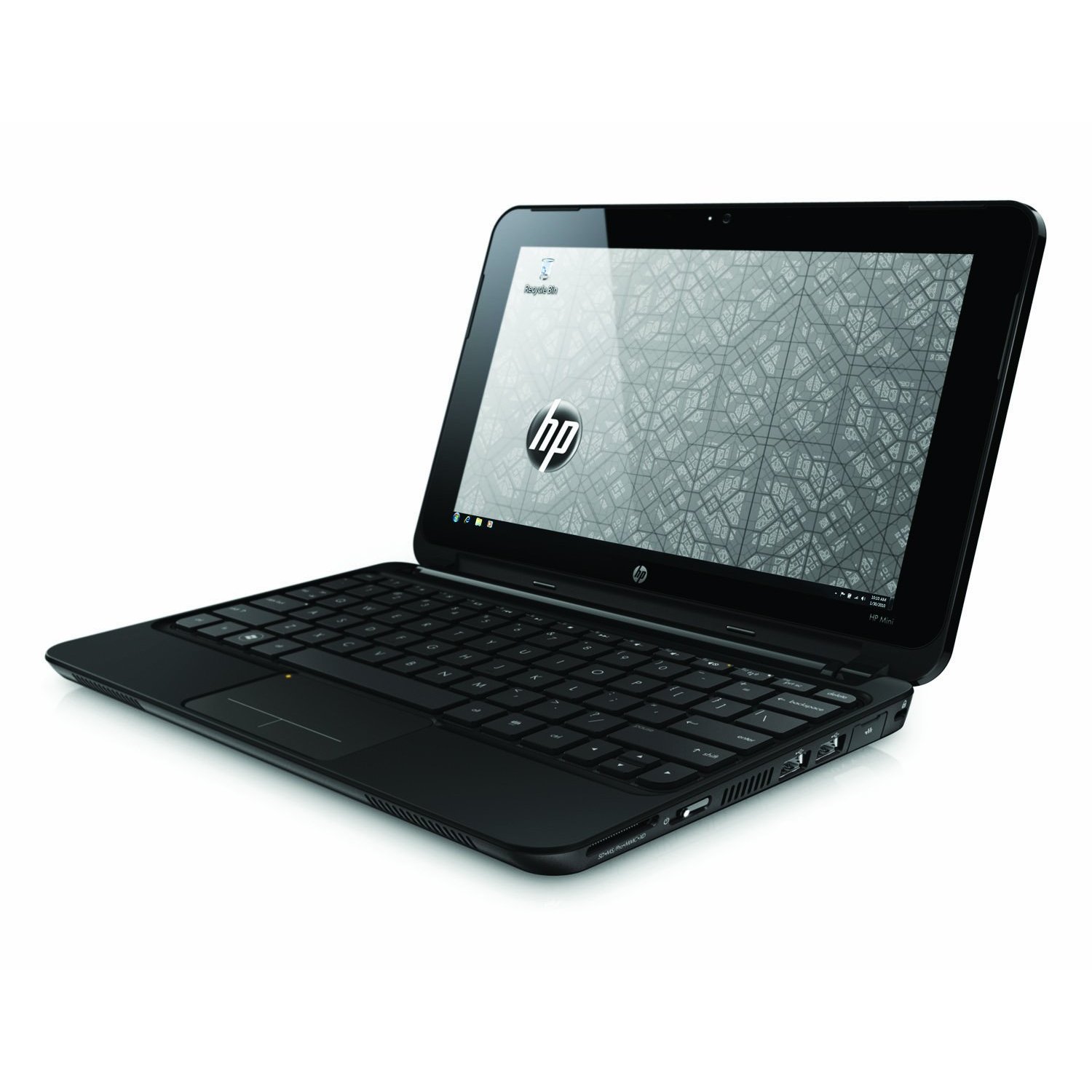HP Mini 210-3000sa
Specifications

Price comparison
Average of 2 scores (from 2 reviews)
Reviews for the HP Mini 210-3000sa
Source: PC Pro
 Archive.org version
Archive.org versionThe HP Mini has plenty going for it. With solid build quality, excellent battery life and a good screen and keyboard, it’s a great all-rounder. And if you’ve been put off HP products by stories that it would be selling its PC division, don’t be: the company has now confirmed that PCs remain a key part of its business.
Single Review, online available, Very Short, Date: 02/18/2012
Rating: Total score: 83% price: 83% performance: 67% features: 83% ergonomy: 83%
Source: IT Reviews
 Archive.org version
Archive.org versionThere's nothing intrinsically wrong with the HP mini 210 3000sa, and if you need Windows and a keyboard it may suffice. Its solid build could be alluring too.
Single Review, online available, Very Short, Date: 10/24/2011
Rating: Total score: 60%
Comment
Intel Graphics Media Accelerator (GMA) HD Graphics: Onboard graphics card that is built in the new Arrandale CPUs (Core i3 / i5 / i7 Dual Cores). Depending on the model and Turbo Boost, the GMA HD is clocked between 166 and 766 MHz.
Only some 3D games with very low demands are playable with these cards.
» Further information can be found in our Comparison of Mobile Graphics Cards and the corresponding Benchmark List.
Intel Atom: The Intel Atom series is a 64-Bit (not every model supports 64bit) microprocessor for cheap and small notebooks (so called netbooks), MIDs, or UMPCs. The speciality of the new architecture is the "in order" execution (instead of the usual and faster "out of order" execution). Therefore, the transistor count of the Atom series is much lower and, thus, cheaper to produce. Furthermore, the power consumption is very low. The performance per Megahertz is therfore worse than the old Pentium 3M (1,2 GHz on par with a 1.6 GHz Atom).
N570: Dual core Atom processor with a slightly higher clock rate than the Atom N550 and therefore still slower than the CULV processors.» Further information can be found in our Comparison of Mobile Processsors.






